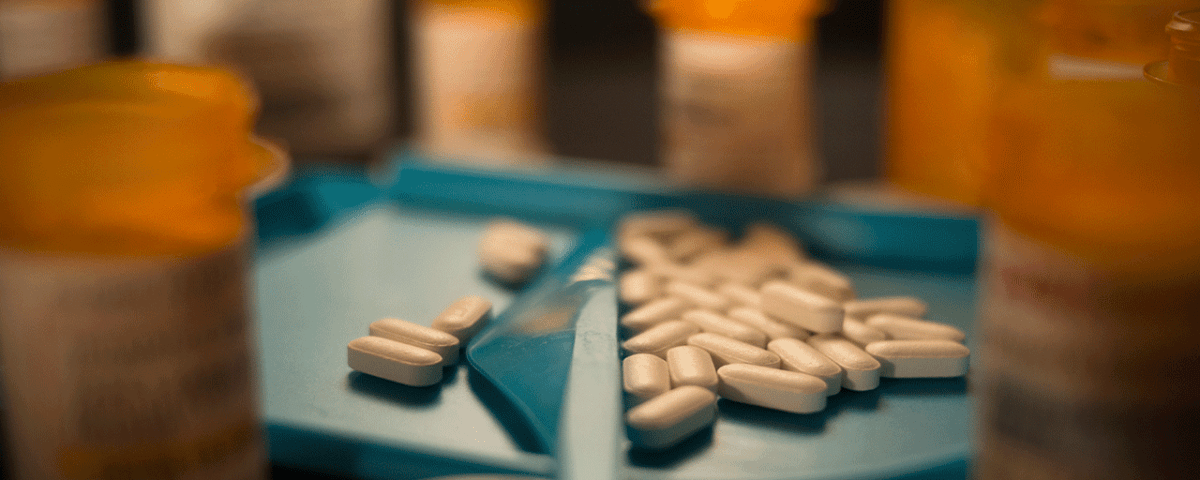Recent years have seen a significant uptick in rates of fentanyl overdose and related deaths. It is an all too tragic occurrence, especially when taking into account that many of these overdoses occurred in people who didn’t even intend to use this specific drug. To begin to address the many dangers of this drug and how it is used by dealers, it is first crucial to consider what fentanyl is made of. Banyan Treatment Center Heartland breaks this down and what it means for illicit drug users.
What Is Fentanyl Made Out Of?
The main component of a batch of fentanyl is a chemical known as piperidine. This is an organic compound commonly used in the fusion of many other drugs. It is manufactured by the pharmaceutical industry in order to produce differing potencies, which have a variety of uses, both medically and illicitly. This is typically done by moving specific properties into different groups of the piperidine ring. Unfortunately, illegal labs have caught wind of this process and have begun to develop doses of the drug that are life-threatening, even in small doses.
What Ingredients Are in Fentanyl?
Aside from piperidine, there are a number of other chemicals and properties that go into making a batch. The ingredients in fentanyl include N-benzyl-4-piperidone, which reduces N-benzyl-4-piperidone with LAH. It finally develops into the drug through a chemical reaction known as the Finkelstein reaction, named after the German chemist Hans Finkelstein. When manufactured for legitimate medicinal purposes, fentanyl is available in different forms, including tablets, transdermal patches, IV liquid, and even in the form of lollipops and lozenges.
Unfortunately, an even more dangerous phenomenon has grappled cities and communities around the country. This other issue has caused a major health concern - other illicit substances containing varying amounts of fentanyl.
Why Is Fentanyl So Dangerous?
It is not just what fentanyl is made of that makes it so risky. According to the CDC, fentanyl and other synthetic opioids are the top contributors to overdose death rates. In fact, every day, over 150 people die from overdoses related to fentanyl and other related substances.1 What is so alarming about this is that a large percentage of people who fall victim to fentanyl’s negative effects didn’t even intend to take the drug in the first place. It happened when the stash of their regular drug of choice, ranging from cocaine to heroin, benzodiazepines, and more, was laced with the infamous substance.
Drug lacing happens for a number of reasons, particularly from dealers wishing to get more bang for their buck in these illegal dealings. Whether it is to increase potency or profits, it has left people in disarray, more uncertain than ever about their addictions and situations.
Luckily, our Illinois drug rehab offers a variety of treatment options that can help people turn their lives around before they become another tragic statistic. For those in the midst of active addiction, our Heartland detox center provides programs for a number of substances, including opioids. Once that process is completed, patients have the option to move through our curriculum of care levels, which has options for residential treatment, outpatient programs, and partial hospitalization.
To learn more about the many effective programs offered to combat addictions to fentanyl and other illicit substances, call Banyan’s Heartland treatment center at 888-280-4763 today.
Source
- CDC – Fentanyl Facts
Related Reading








